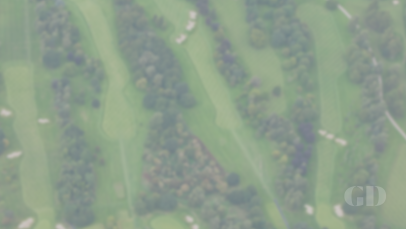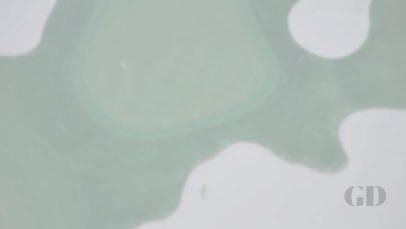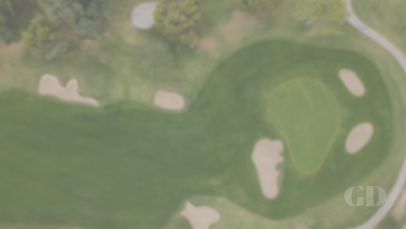Banyan Golf Club
West Palm Beach, FL • Private
Overview
From Golf Digest Architecture Editor emeritus Ron Whitten:
In 1972, architect Joe Lee was hired to create Banyan Golf Club, a private club on land in West Palm Beach that included 80 acres of abandoned shell-mine pits. Given the spoil mounds, the site offered elevations up to 36 feet (almost unheard of in south Florida) and several mining lakes, but it was almost barren of trees. Joe felt he needed a large number of trees to beautify the raw land, but the developer didn't have the budget for such an extravagance.
Then Joe heard that Interstate 95 would soon be pushed northward from West Palm Beach to Orlando, through forests of pine, cypress and oak. He arranged to have thousands of trees removed from the paths of advancing bulldozers and trucked to the Banyan construction site, where he would plant them along various holes.
Transplanting mature trees on a golf course is a common occurrence these days, although it is an expensive proposition. It was almost unheard of back in the early 1970s, as was the notion that one could get the trees for free. "We didn't have sophisticated tree-moving equipment they have nowadays," Joe recalled years later. "All we had was a flatbed truck and a crane. We didn't have time to prune and trim the branches back. We didn't have time to let them acclimate. We didn't even have a way to water them. He had to get in there, pull them out, haul them back, plant them and go back for more."
A lot of those trees didn't make it, but a lot of them did. Banyan opened in 1973 and within a few years, Banyan was a veritable tropical rainforest, each hole a secluded entity onto itself, framed by hardwoods salvaged from the freeway project and by more exotic varieties obtained elsewhere, like Brazilian peppers, acacia and melaleuca. Ironically, there are only three Banyan trees on the whole property. The owner just liked the name.
By the 1980s, the lush tropical canopies also began blocking much needed air and sunlight to tees and greens. Dan Jones, Banyan's superintendent at the time, instituted an aggressive program of tree-trimming and tree replacement. Out went the melaleucas and other exotics, in came fruit trees. Then came a tornado that wiped out 400 trees. That was followed by successive hurricanes, which knocked over hundreds more. But Banyan recovered and replanted again and again.
Today, Banyan is still a heavily treed golf course but now has far more palms than hardwoods, and more varieties common to south Florida. In 2012, John Sanford rebuilt the bunkers with grass faces, which was not really the style of Joe Lee, so in 2017, the bunkers were renovated again, this time by Kipp Schulties. But while Kipp's bunkers are of the flashed sand-type that Joe favored, the bunker shapes are now far more simplistic ovals than anything Joe ever built. Plus there are now acres of exposed sand under trees and around some tees, some of the sand covered in pine straw, some of it not.
I don't think it's what Joe wouldn't have advocated. Still, the basic routing has been preserved, which is good. Privately, Joe Lee had admitted to me that Banyan was his favorite design.
About
Panelists
Ratings from our panel of 1,900 course-ranking panelists
Reviews
Review
“Private club in WPB in great condition and with no homes on the course."
Read More2020
Review
“Some of the friendliest staff you’ll ever meet. From time you arrive to the time you have to leave because it’s dark out and everyone wants to leave for the day even though you’d love to get in a another hole everyone is genuinely nice to you . Even the carts have little fans for those hot Florida rounds. The course is immaculately kept in prime playing conditions. Every hole has something different to offer. Bunker lined fairways and the occasional water hazard are there to swallow up the errant tee shot. It’s also a pleasure to play a course in south Florida that is not lined with homes and offers a very pleasing round to the eye and spirit. The Banyan trees are massive here."
Read More2018
Readers
Collection of reviews from our readers




There are no readers reviews yet. Be the first to write a review.